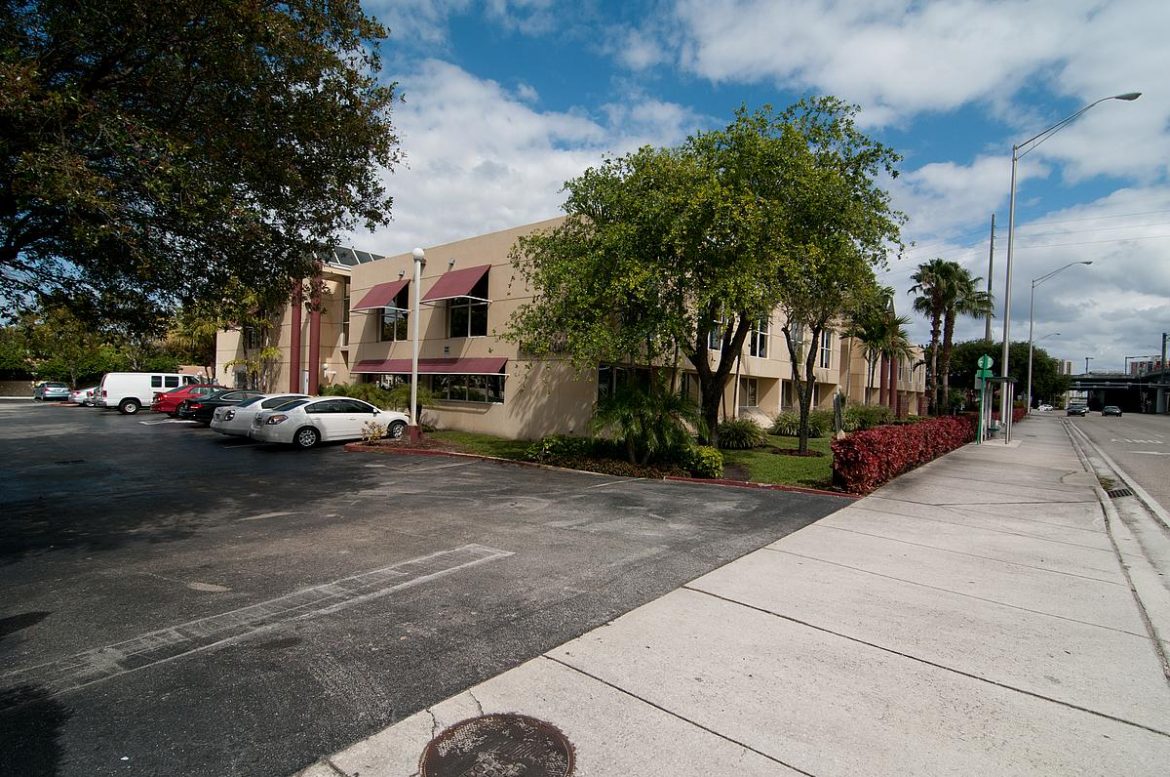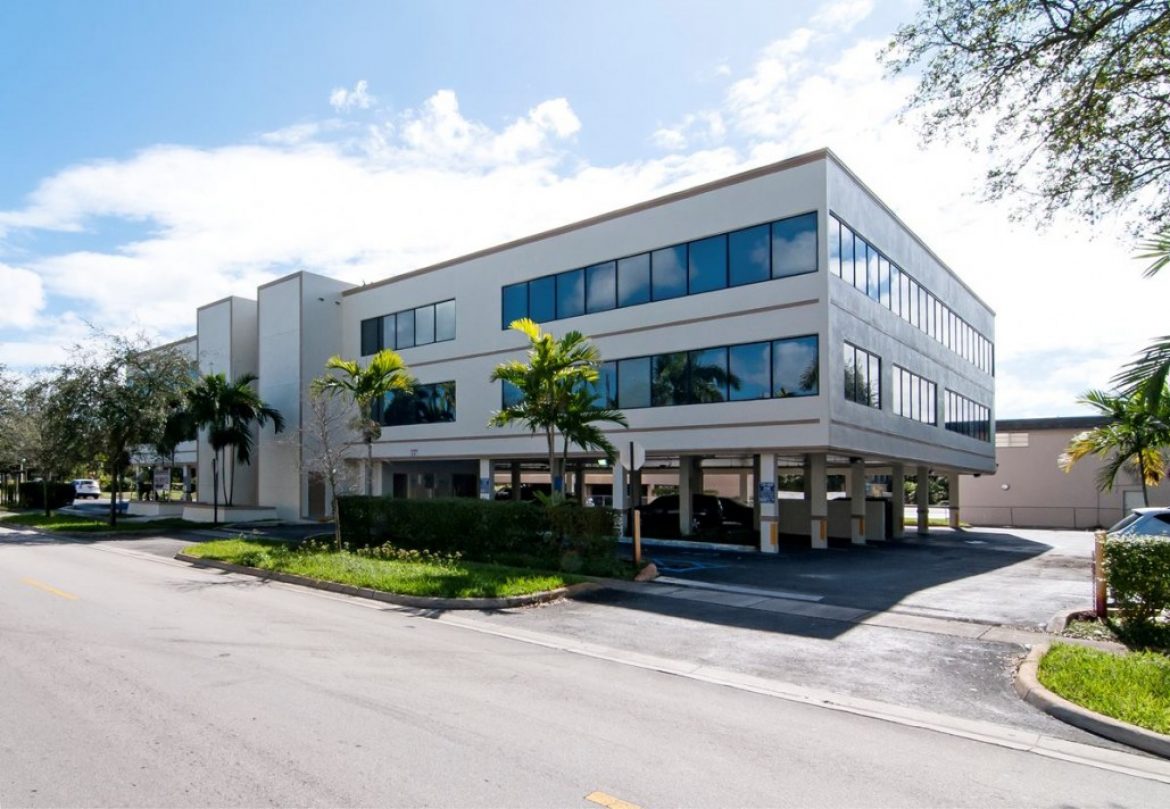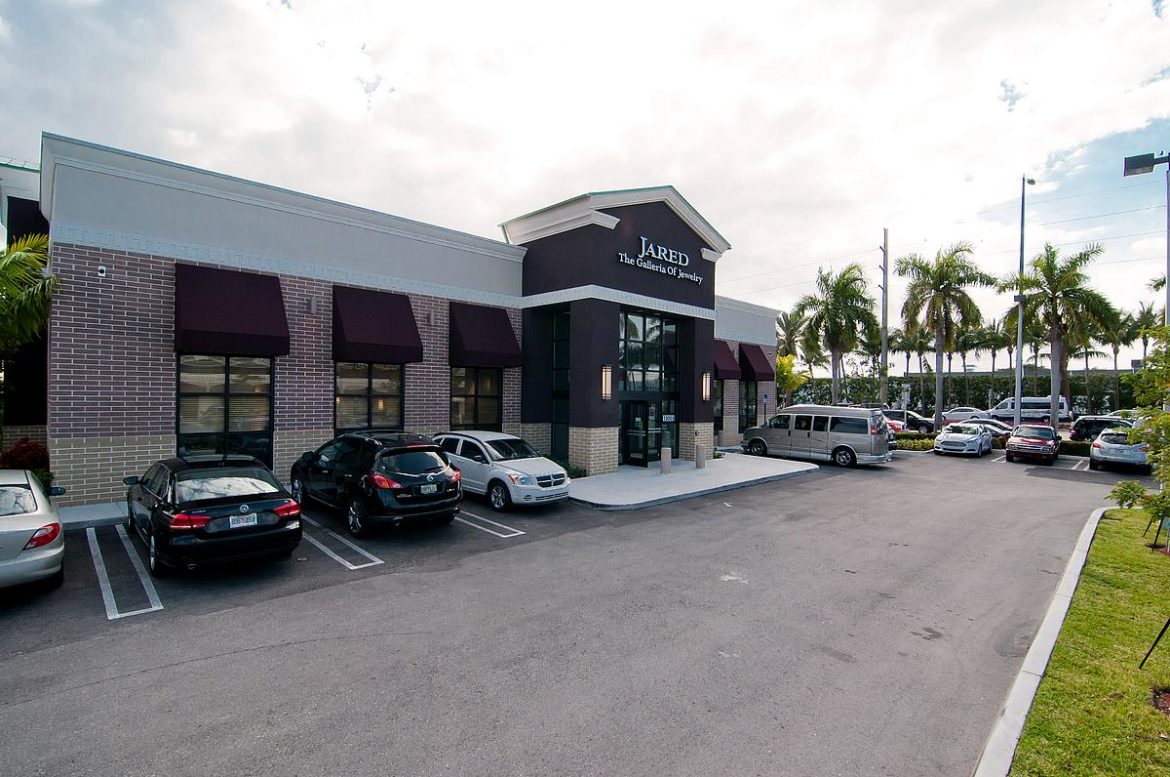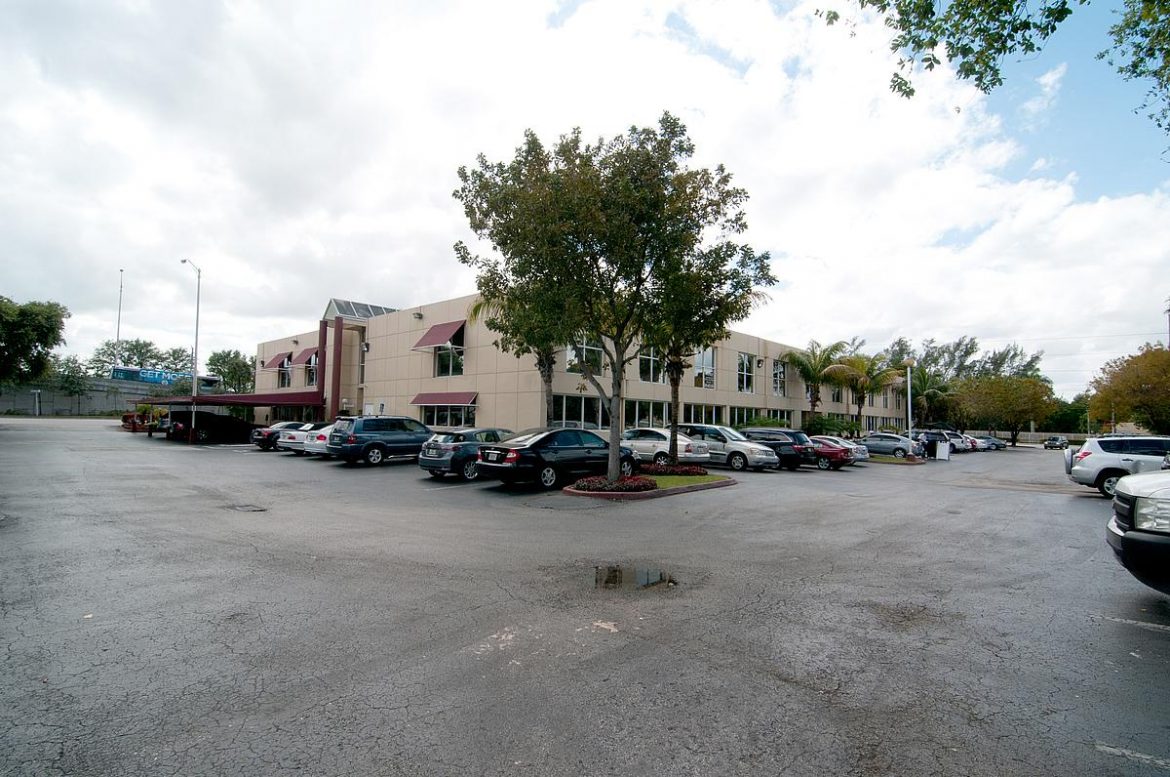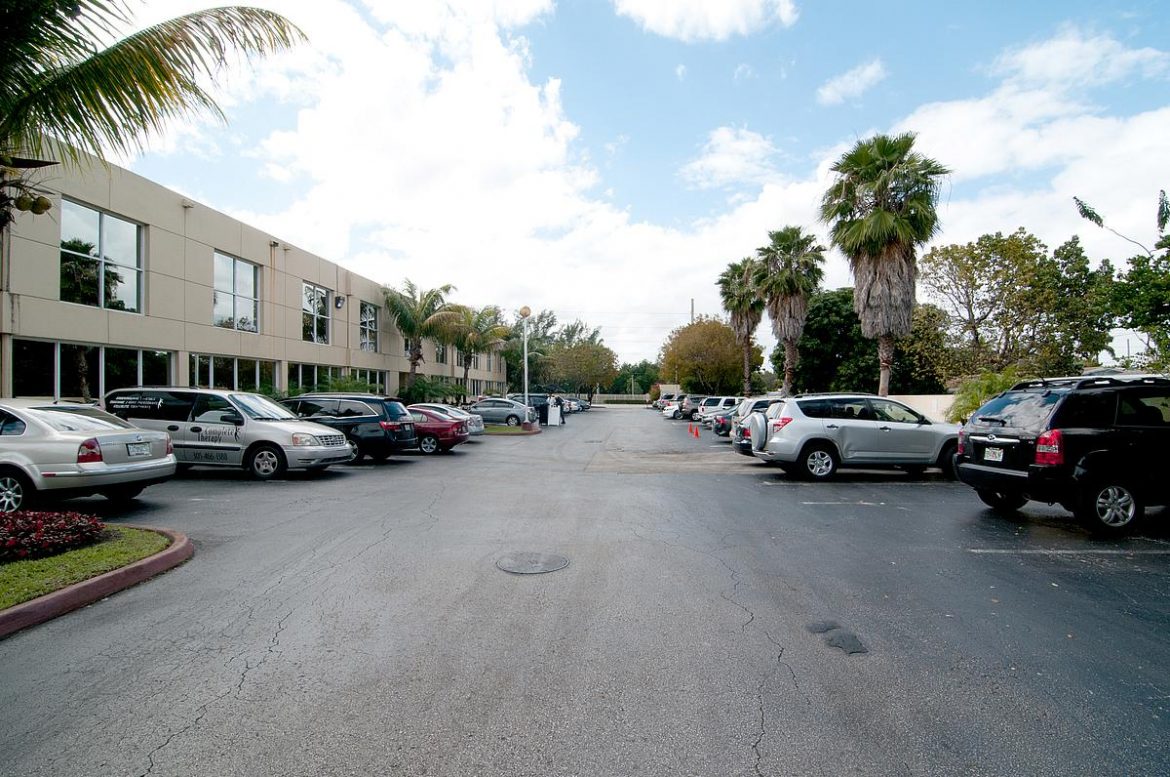Restaurant dining rooms in Miami-Dade County can reopen beginning on Monday, more than a month after restaurants were ordered to close indoor seating due to spiking coronavirus cases.
Miami-Dade Mayor Carlos Gimenez said restaurants will be able to operate at 50 percent capacity indoors, as long as tables are spaced at least six feet apart with a maximum of six people per table. He said the decision came after consulting with medical experts and the White House.
The countywide 10 p.m. curfew will remain in effect. Gimenez said that the county will revisit pushing the curfew to 11 p.m. after Labor Day weekend. He also added that he plans to keep the beaches open, though that can change.
Individual cities may be stricter with the reopening guidelines, but cannot be less restrictive than the county.
Gimenez called it the “first step” and said “we must keep our guard up.”
The announcement comes as the uptick in coronavirus cases begins to slow in Miami-Dade. The 14‐day average positivity rate in Miami-Dade is 10.29 percent as of Tuesday, according to the county’s New Normal dashboard.
To date, Miami-Dade has had 153,385 cases and 2,277 deaths. Statewide, 605,502 positive cases of Covid-19 have been reported, and nearly 11,000 deaths, according to the Florida Department of Health.
Gimenez said restaurants will be required to keep doors and windows open if possible, and keep the air conditioning running. Diners can only remove their masks once food and drinks are present on their tables, and must wear masks when they leave their tables.
Countywide, a number of restaurants have either closed permanently, been unable to offer outdoor dining, or have decided to close temporarily due to the effects of the pandemic on their businesses. Shortly after the mayor announced restrictions in July, restaurant owners protested that decision.
Casinos and bars will remain closed, though Gimenez hinted that casinos may be able to open sooner than bars.
Source: The Real Deal
